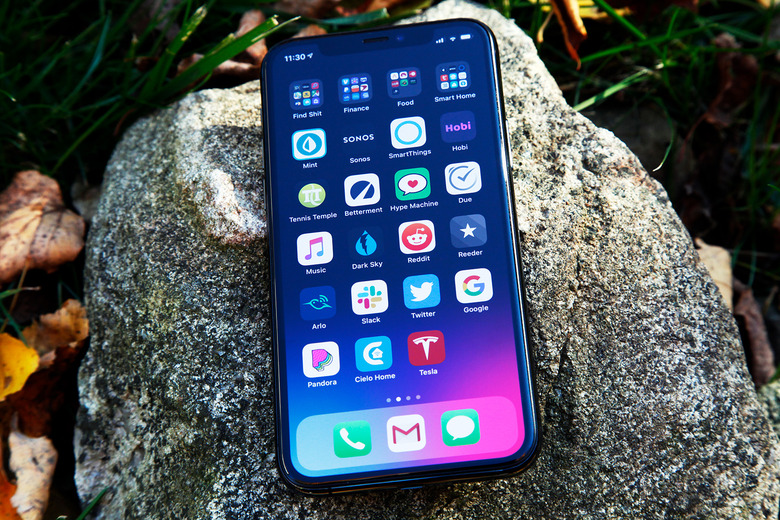After Almost A Year, People Still Can't Stop Talking About This Hidden iPhone Trick
One of the more novel and helpful features Apple introduced with the release of iOS 14 is called Back Tap. The feature was designed for those with special accessibility requirements but is so helpful and convenient it's somewhat surprising Apple didn't advertise it more prominently.
As to what the feature does, it allows users to create custom controls such that when they double or triple tap on the back of their iPhone, it can immediately trigger a pre-determined action. So say, for example, you want to quickly mute your iPhone or take a screenshot, you can do it all by simply tapping on the back of your device.
To get started, there are a few hardware and software requirements to be aware of. First off, and as mentioned above, you need to be running iOS 14. Second, you need to have an iPhone 8 or later. I can't imagine too many people these days are using pre-iPhone 8 devices, but it's something to be aware of if you haven't upgraded your device since 2016. It's worth noting that the original iPhone SE — released in March of 2016 — doesn't support the Back Tap feature.
With that disclaimer out of the way, the first thing you'll want to do is go to the Settings app and then open up the Accessibility preferences pane. From there, scroll down to the heading that says "Physical and Motor" and select the "Touch" setting. Next, scroll down a bit more and select the "Back Tap" option.
Upon doing so, you'll be able to select Double Tap or Triple Tap and, following that, you can select the exact action you'd like it to trigger. Some of the actions that can be activated via Back Tap include activating Siri, turning the volume up or down, activating the Reachability setting, viewing the Notification Center, opening up the app switcher, muting your device, and more.
One of the more common questions people have about Back Tap is whether or not the feature still works with a case. The good news is that Back Tap should still work as designed with most iPhone cases. If you have an extremely rugged case, like something from OtterBox, the only wrinkle is that you might have to tap a tad harder.
On a related note, we've seen quite a few novel iOS tips spring up on TikTok in recent weeks. One of the cooler things we've seen is a pretty easy way for users to take a screenshot of an entire webpage. While the traditional iOS screenshot function is great for a single page with limited content, things can get muddled if you'd like to screenshot a particularly long webpage.
As we noted a few weeks ago:
To get started, simply navigate over to a webpage you want to screenshot and, as you would normally do, press the side button and Volume Up button at the same time. Upon doing so, you'll see a preview of your screenshot in the bottom left-hand corner of your screen.
If you tap that image preview once, you'll be taken to a page where, at the top, you'll see an option that says "Full Page." If you select that, you'll be able to capture the entirety of a webpage with a single screenshot. And if you're so inclined, there's a crop tool on the upper left if you're not keen on capturing a selected snippet from within the entire webpage.
With all of the snazzy features Apple has baked into iOS over the years, it's still somewhat confusing why the company doesn't do a better job of advertising them to the masses.
